Sustainability and proactive environmental work are an integral part of daily operations at the Rauma pulp mill. Our mill’s operations are governed by an environmental permit overseen by the environmental authorities. We monitor, measure and report the emissions and impacts of the mill on a broad scale. In addition, the environmental authorities perform yearly inspections at the mill.
Each one of our employees has an important role in proactive work. We focus on the consistent availability of our mill, and perform continuous and active monitoring, observation and reporting on the environmental performance of the mill. If there are deviations, we react immediately, investigate them and define corrective measures. Proactive work covers active environmental observations, info sessions on environmental topics, risk assessments and environmental investigations. In addition, the personnel participates in regular training concerning the environment and sustainability.
We also perform maintenance, investments and development projects that support our sustainable development goals and the mill’s environmental performance. We use the best available techniques (BAT) at our mills.
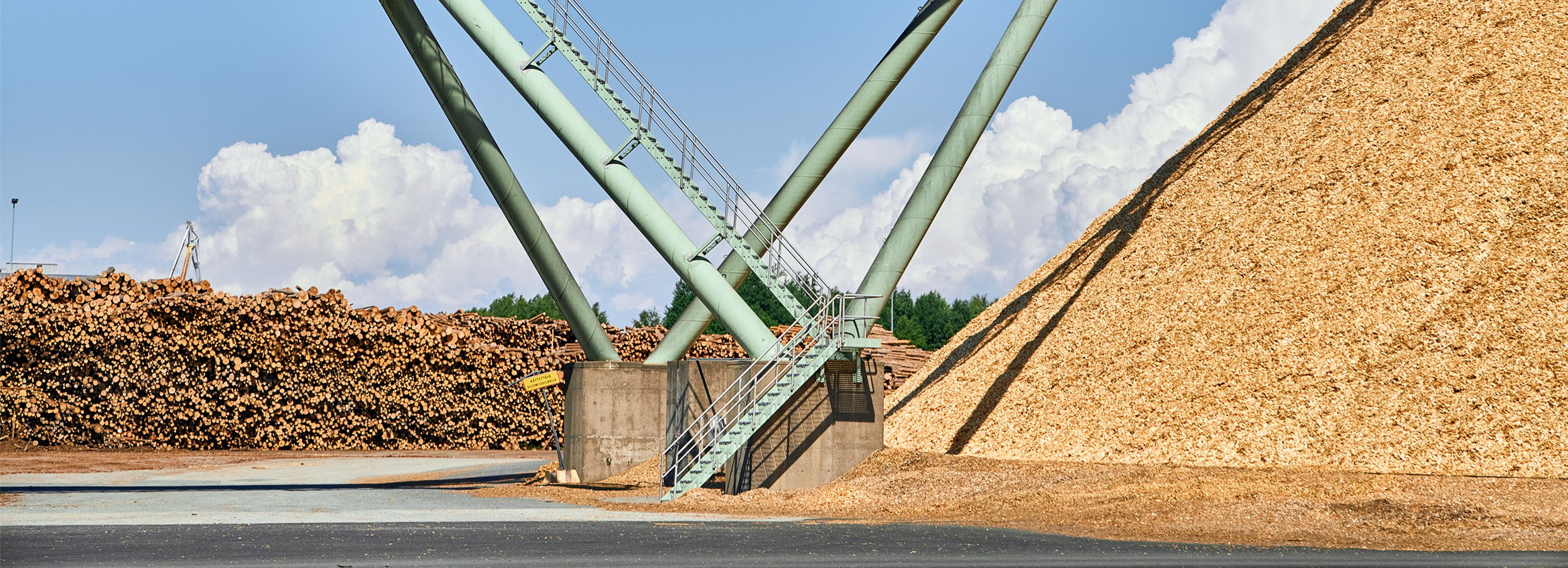
Wood consumption
The wood consumption of the Rauma pulp mill is approximately 3.3 million m3 per year. We use pine and spruce pulpwood from sustainably managed forests, as well as sawmill chips from our Rauma sawmill as raw materials.
The wood we use is obtained mainly from Finland, and over 90% comes from certified forests. The wood we use is traceable.
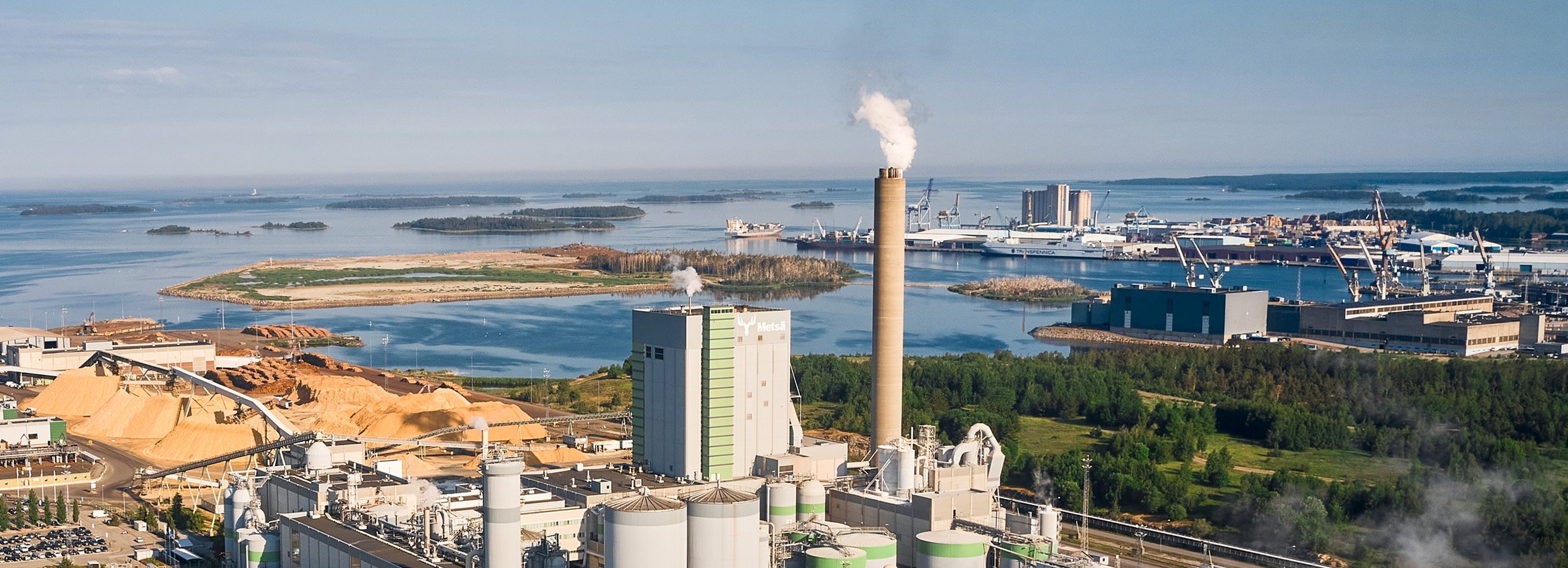
Impact on waterways
Rauma has the forest industry’s common biological wastewater treatment plant, where the wastewater of Metsä Fibre’s pulp mill and the UPM paper mill next to it are treated. In addition to the forest companies’ wastewater, the wastewater from the city of Rauma is also directed to the treatment plant. Thanks to the common wastewater treatment plant, overall emissions into the waterways have decreased in the long term.
The impact of the Rauma pulp mill on the surrounding waterways is monitored in accordance with the joint monitoring programme adopted by the ELY Centre for Southwestern Finland. The monitoring programme enables valuable information of the waterways’ status.
We conduct long-term work to decrease the use of process water, and we have mapped new sites to increase the efficiency of water use in our process. With these measures, we will implement Metsä Group's sustainable development goal to reduce the use of process water by 35 percent per product tonne in 2018–2030. We can thus also minimise the nutrient load on waterways.
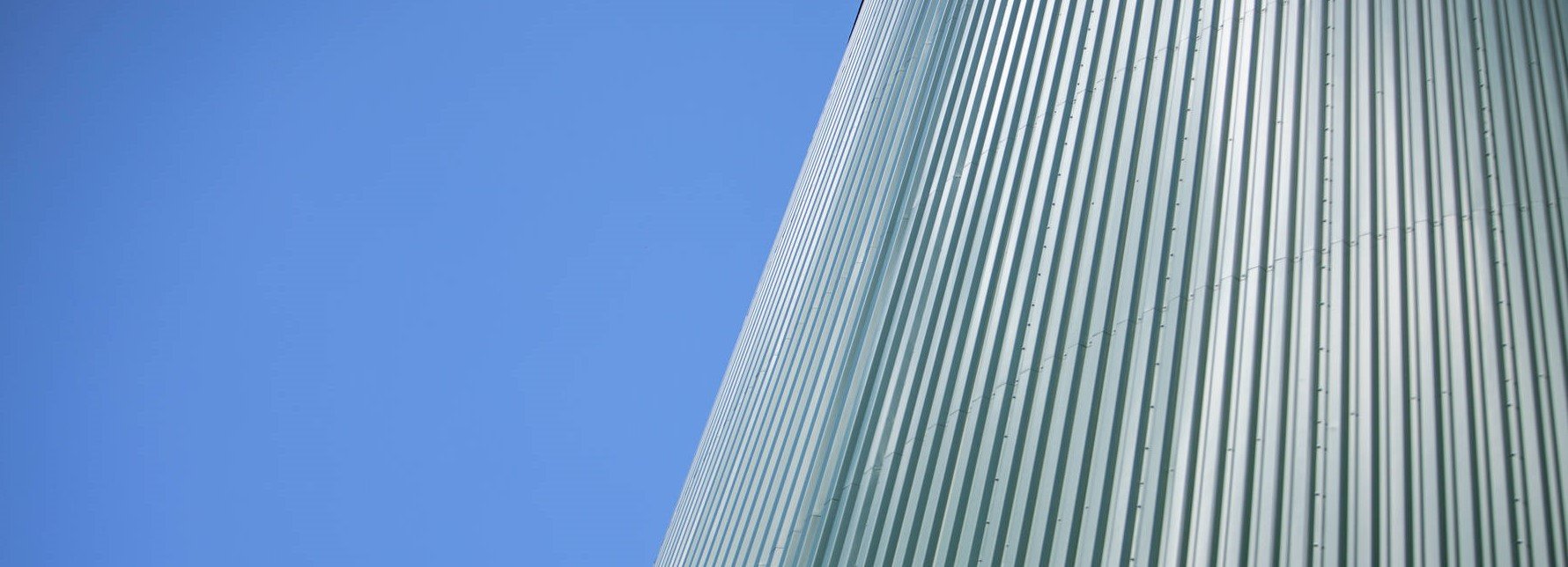 Air quality
Air quality
We participate in joint monitoring of air quality in our area together with other companies of the area. The city of Rauma is responsible for carrying out the monitoring.
The Rauma mill uses a collection and processing system for odorous gases. In 2015, the Rauma mill invested in a TRS burner that improved the processing of odorous gases in TRS burner in the event of process malfunctions. Odour nuisance occurs in conjunction with process malfunction, as well as shutdown and start-up situations at the mill.
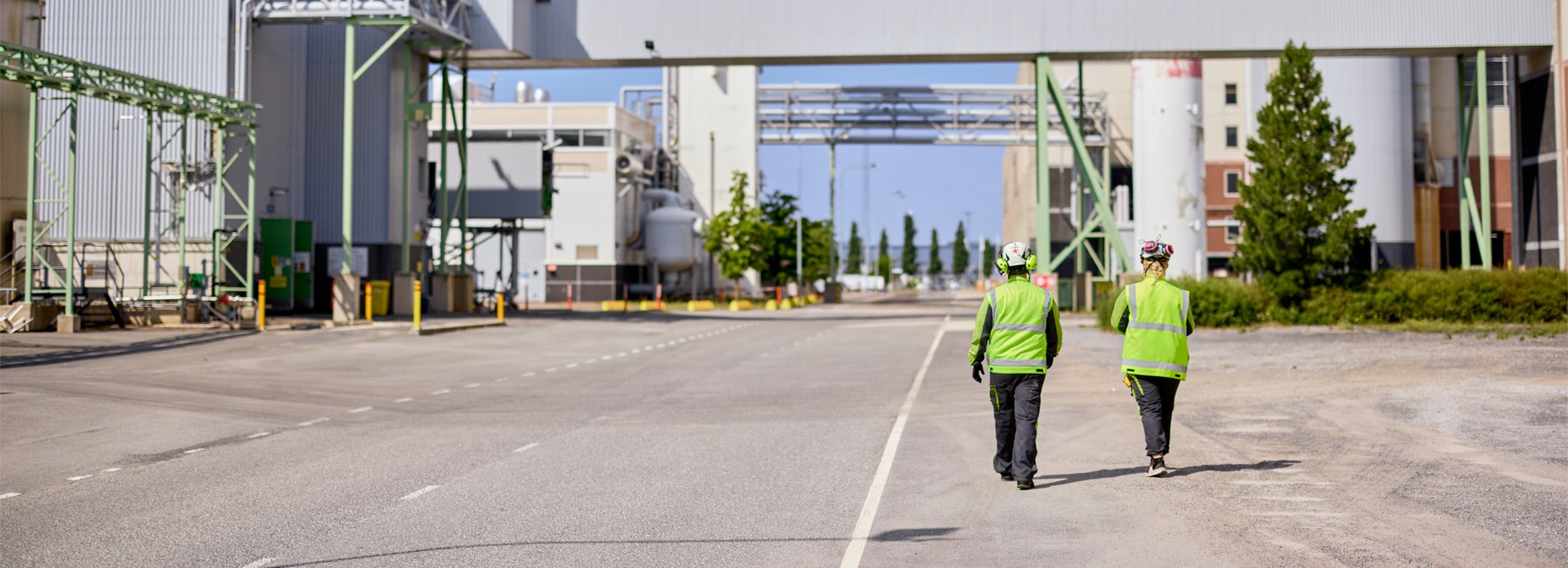
Noise
Noise caused by the mill's operations is managed in day-to-day operations by taking care of the maintenance of equipment and machinery, and by taking noise into account when planning investments and purchasing new equipment. The mill’s noise emission level is checked regularly with measurements and model calculations. According to noise investigations performed at the mill, the mill’s operations do not cause environmental noise exceeding guideline values.
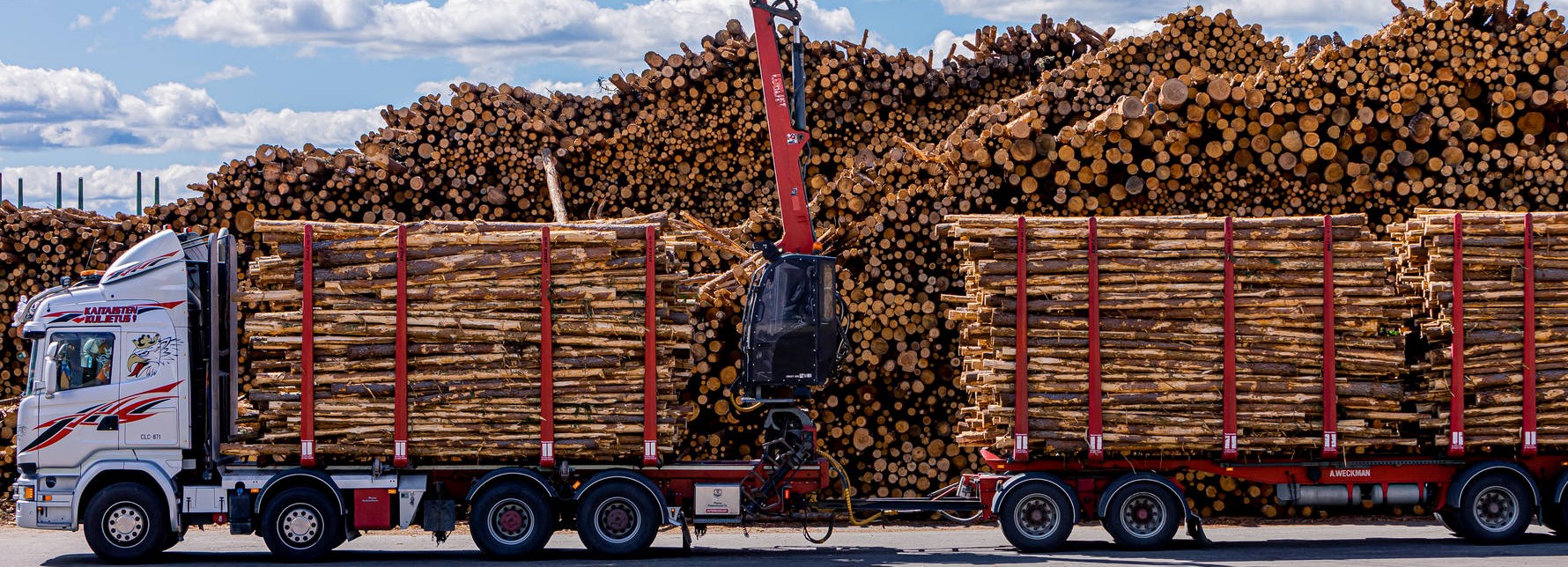 Local traffic
Local traffic
The raw material and product transports of the Rauma pulp mill are performed mainly with trucks and trains. In addition, wood raw material comes to the mill via waterways.
The transport distances have been considered in the mill’s wood supply area, and they have been optimised to be as short as possible to minimise the impacts of the transports. Heavy traffic has also been routed to the mill area via the shortest and safest possible route.
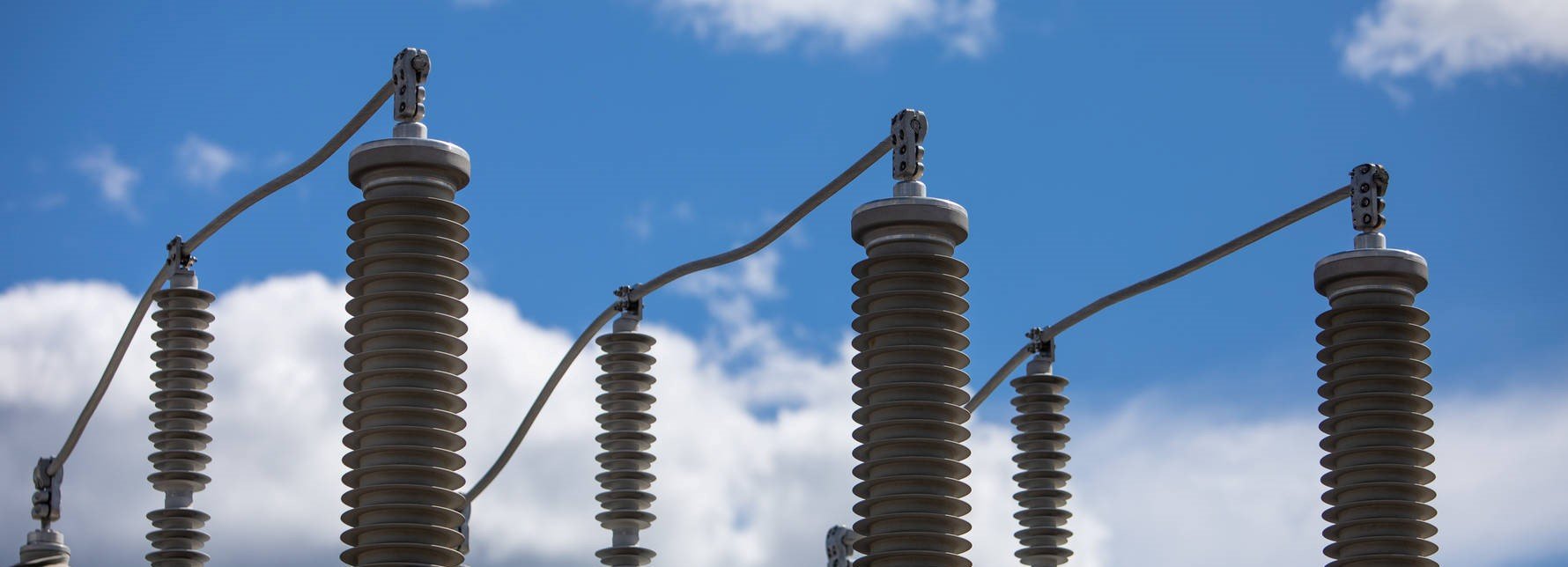 Energy
Energy
All of the energy required by our mill is generated from production side streams, and there is more than enough for the mill. In addition to our own production, we supply renewable energy as electricity to the grid, for example. Metsä Fibre’s Rauma sawmill that operates in the same mill integrate, gets all the electricity it needs from the pulp mill.
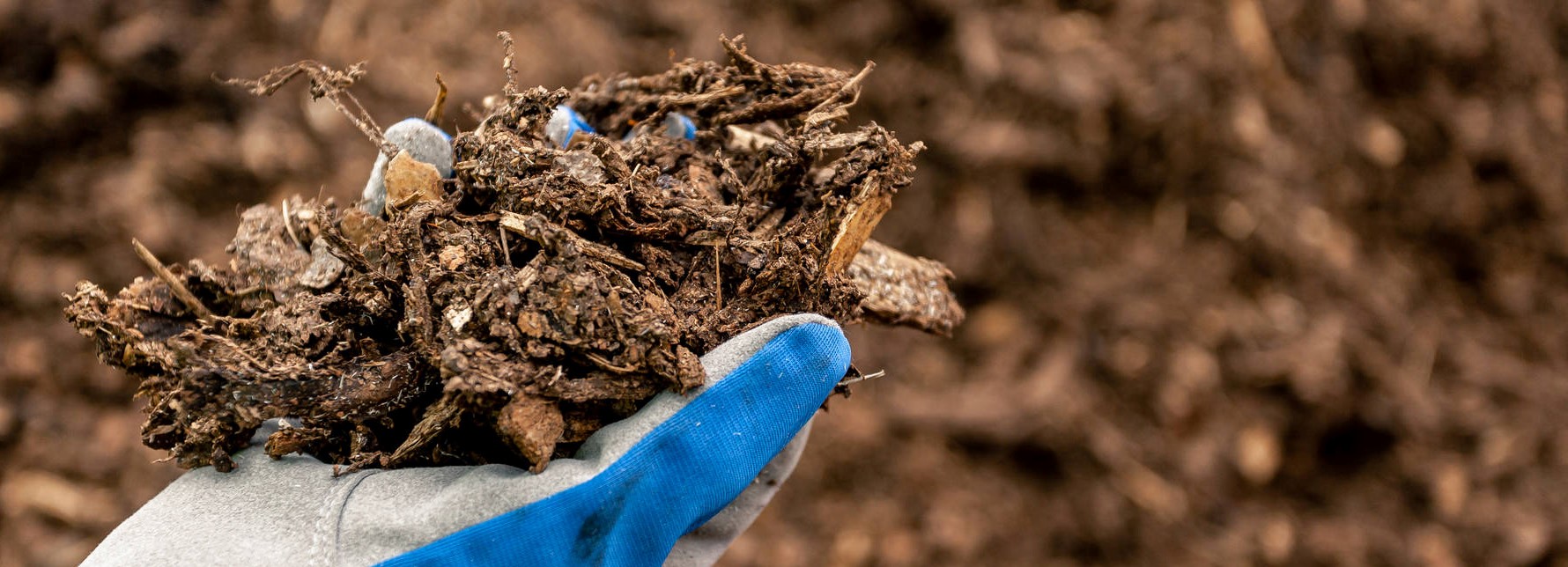 Production side streams
Production side streams
The side streams created in the process of the Rauma pulp mill are utilised efficiently as different bioproducts and bioenergy. The bark and lime created in the process can be used as substrate and fertilizer products, for example.
Metsä Group’s goal is to utilise production side streams fully by 2030 and to achieve a state in which our production will not generate landfill waste. At the moment, green liquor dregs generated in the pulp process is the only fraction that is landfilled. Other end uses for it are being actively sought.

